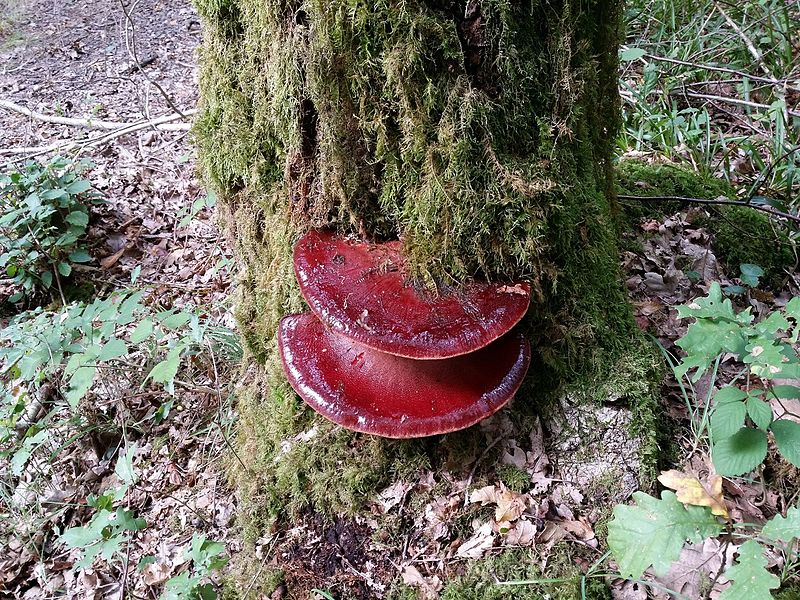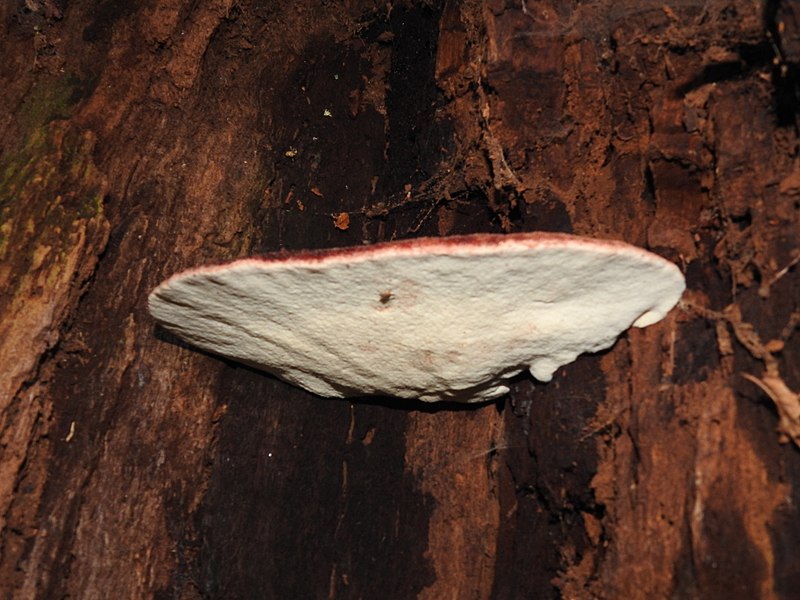Beefsteak Mushroom Identification – Fistulina hepatica
Heads up
There’s a mushroom out there that might have you fooled for a second. It looks just like raw meat! It’s called the Beefsteak Mushroom, or in more scientific terms, Fistulina hepatica. The name gives away its appearance. Yes, it looks a lot like a slab of raw meat, which is why it’s sometimes called “poor man’s steak” or “ox tongue.” In the past, people even used it as a meat substitute. If you’re planning a trip to France, keep an eye out in their markets; you might still spot it there.
The Beefsteak Mushroom plays a crucial ecological role. It often grows on tree trunks, especially oaks and sweet chestnuts. Even if a tree has fallen and long lost its leaves, this mushroom can sprout from its trunks or roots.
Beefsteak Mushroom: Key Parts in Photos



How to identify Beefsteak Mushroom
This mushroom has a cap that can be up to 12 inches wide. The cap’s shape is like a large ox tongue. In its prime youth, the mushroom sports a pinkish-red hue. And it darkens as it ages. If you cut it open, you’ll notice it bleeds a dull red juice. The mushroom’s flesh even resembles meat, and the underside is creamy-white. When the Beefsteak Mushroom is just starting out, it might not look like a ox tongue. But give it time, and it’ll grow bigger, with the top surface turning a deep red and becoming rough.
The underside of this mushroom has straw-yellow pores that turn reddish-brown as it ages. If you decide to look at the spores, which are the mushroom’s way of reproducing, you’d find them to be ovoid (egg-shaped) and smooth. They’d appear pale pinkish-yellow.
However, if you’re thinking of eating it, be careful. The Beefsteak Mushroom has a sour, slightly acidic taste. And if you do decide to cook it, remember to pick the young ones as the older ones can be tough and require long cooking.
Want to learn more?

Disclosure: This post includes affiliate links. If you make a purchase through these links, we may earn a commission at no extra cost to you. We appreciate your support, as it helps keep this website running. Alternatively, you can search for the book title on Amazon if you prefer not to use the links. Thank you for your understanding and support!
